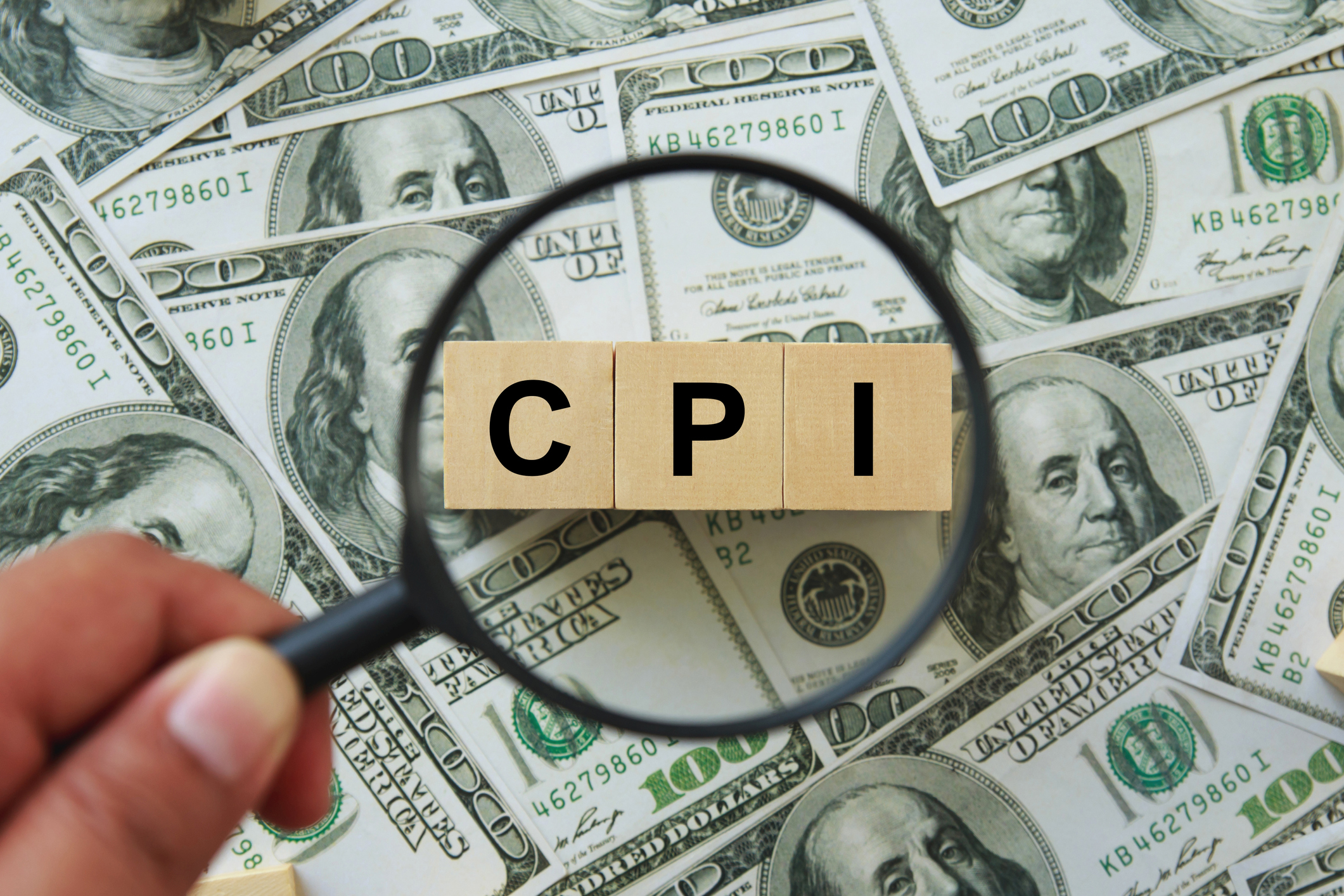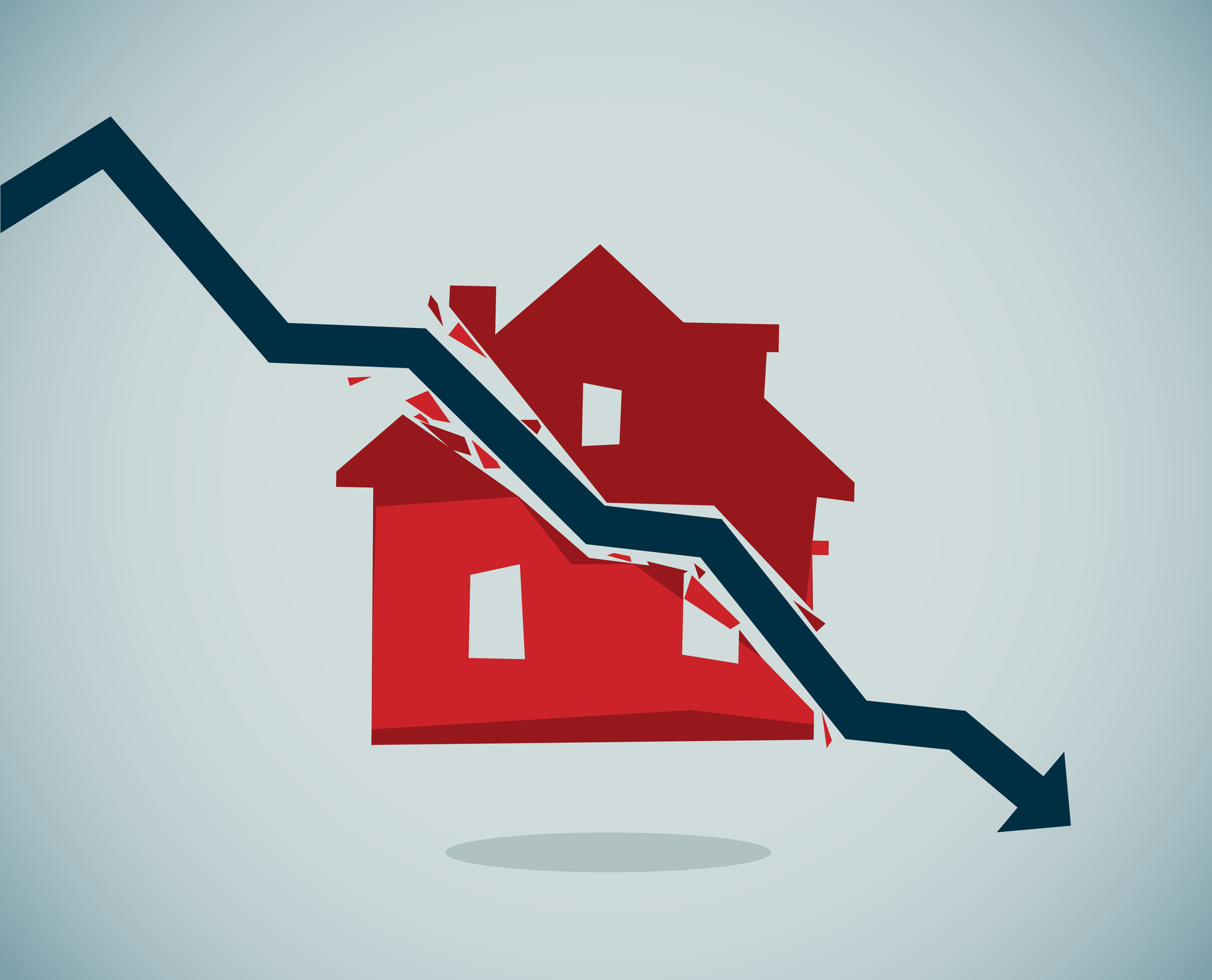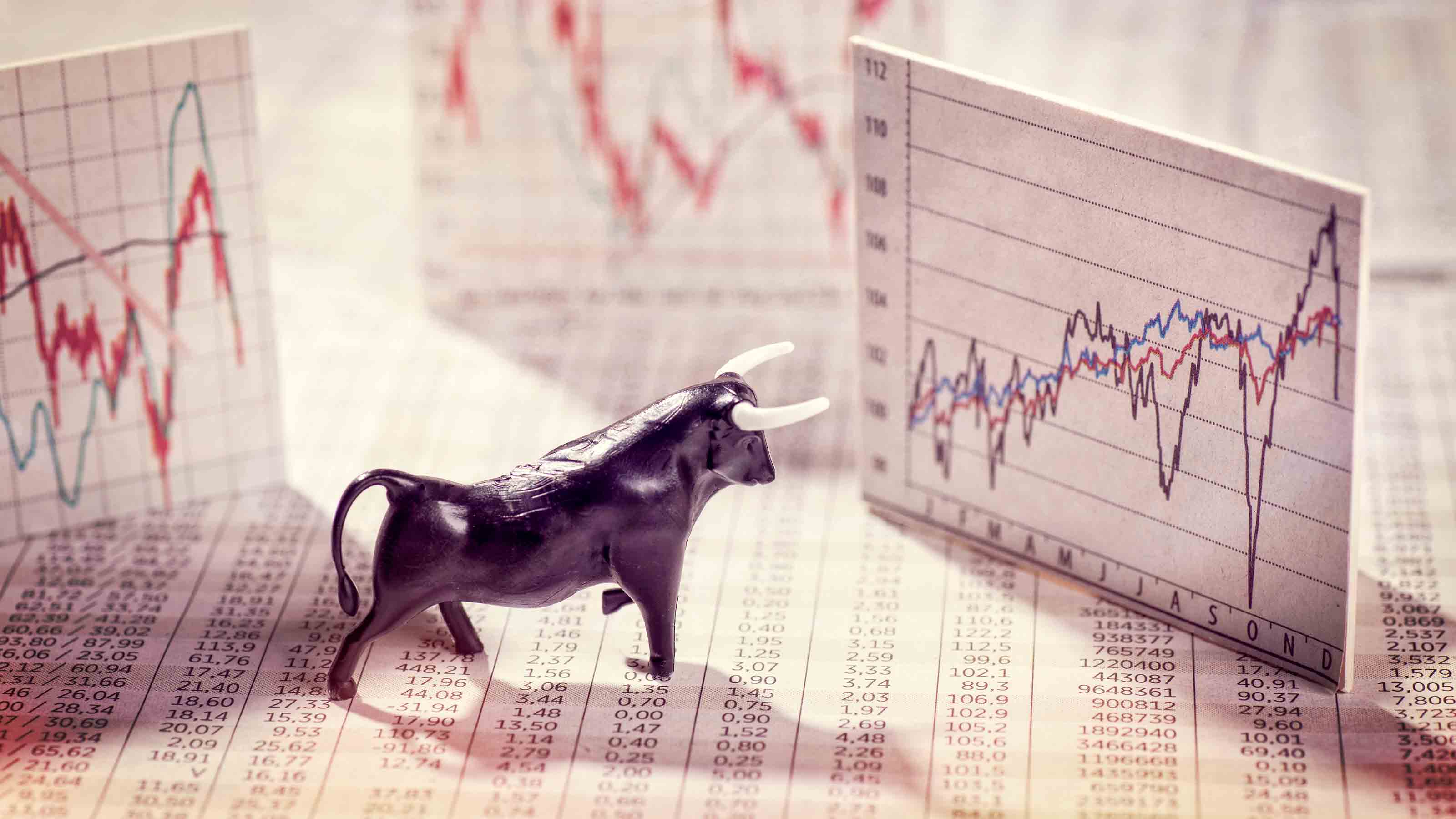CPI Report Puts the Kibosh on Rate Cuts: What the Experts Are Saying About Inflation
Consumer price inflation reared its ugly head to start the year, dashing hopes for the Fed to lower borrowing costs anytime soon.


A hotter-than-expected reading on U.S. consumer price inflation means the Federal Reserve will likely push back its next interest rate cut to the end of 2025 or next year, experts say.
Further disappointing prints could even put an interest rate hike into play before year-end, they add.
For the record, headline January CPI increased 0.5% month over month, according to the Bureau of Labor Statistics, or the biggest gain since August 2023. Economists were looking for inflation to rise 0.4% last month. On an annual basis, headline CPI rose 3%, up from 2.9% in December, and higher than the 2.9% median forecast.

Sign up for Kiplinger’s Free E-Newsletters
Profit and prosper with the best of expert advice on investing, taxes, retirement, personal finance and more - straight to your e-mail.
Profit and prosper with the best of expert advice - straight to your e-mail.
More importantly, core CPI, which excludes volatile food and energy costs and is considered a better indicator of future prices, increased 0.4%, an acceleration from 0.2% last month. Economists were looking for monthly core CPI to increase 0.3%.
On an annual basis, core CPI also came in hot, at 3.3% vs the median estimate of 3.1%.
"Higher-for-longer may have just gotten a little longer," writes Ellen Zentner, chief economic strategist for Morgan Stanley Wealth Management. "The Fed has been waiting for clear signs that inflation is trending lower again, and this morning they got the opposite. Until that changes, the markets are going to have to remain patient about additional rate cuts."
Indeed, the disappointing inflation report caused market participants to push back their expectations for the next Fed rate cut to December from September, notes YCharts.
As of February 12, futures traders assigned a 97.5% probability to the Federal Open Market Committee (FOMC) keeping the short-term federal funds rate unchanged at 4.25% to 4.5% at the next Fed meeting. That was up from 95% a day ago and 76% one month ago, according to CME Group's FedWatch Tool.
With the January CPI report now a matter of record, we turned to economists, strategists and other experts for their thoughts on what the data means for markets, macroeconomics and monetary policy going forward.
Please see a selection of their commentary, sometimes edited for brevity or clarity, below.
Expert takes on the CPI report

"Today's stronger-than-expected CPI release is likely to further cement the FOMC's cautious approach to easing. A resilient labor market also provides scope for patience. We think the Fed is likely to remain in 'wait and see mode' for the time being and anticipate the Fed staying on hold at next month's meeting." – Whitney Watson, global co-head and co-chief investment officer of fixed income and liquidity solutions within Goldman Sachs Asset Management
"With this very strong CPI print, the Federal Reserve is on hold when it comes to interest rates for at least the remainder of 2025. Inflation and inflation expectations are both rising, which is something the Fed needs to counter by keeping rates higher for longer. The Fed has nothing to do at this point but wait and see, and hope that the economic indicators change to suggest more progress on inflation. If consumer prices or inflation expectations rise any further, it is quite possible that the Fed's next move is to raise short term interest rates." – Skyler Weinand, chief investment officer at Regan Capital
"Inflation has gotten sticky with items like used cars and auto insurance ticking back up. This puts pressure not only on the Fed but also on the White House to tread carefully on tariffs. There was progress on owners' equivalent rent, but other items are moving the wrong way. Investors may not react too aggressively yet because we get more data before the key dot plot in March. But time could be running out for this bull market if we don’t see progress on inflation soon." – David Russell, global head of market strategy at TradeStation
"Inflation has boiled back to the top of headlines as market and sentiment-based inflation expectations have been on the rise. This morning's report gave those expectations merit. The path forward for Powell and the Fed is getting murkier as investors are likely to continue questioning the rapid initial pace of rate cuts in Q4 and the economy grapples with tariff implications going forward." – Ben Vaske, senior investment strategist at Orion Portfolio Solutions
"There's a déjà vu element here – 2024 also started with a few hot inflation prints that forced a big reassessment of rate-cutting expectations. We have already been grappling with uncertainties surrounding trade and fiscal policy this year, and I continue to trust the Fed's patient and data-dependent approach to deciding when it might be appropriate to make another move." – Elyse Ausenbaugh, head of investment strategy at J.P. Morgan Wealth Management
"The January CPI report showed a 0.5% increase, exceeding expectations of 0.3%, and also 0.1% higher than expectations excluding food and energy. Importantly, this result continues the slow but steady increase in CPI since the 0% gains reported in May and June 2024. As such, we think this result will remove any near-term expectations of another Fed funds rate cut. However, we don't think this report alone alters the outlook for a soft landing for the U.S. economy. If GDP continues to grow over 2%, and the Atlanta Fed GDPnow forecast for 1Q 2025 is still for growth of 2.9%, along with modest increases in job growth (U.S. non-farm payrolls), we think the soft landing can be sustained without needing further Fed rate cuts."– Chip Rewey, chief investment officer at Rewey Asset Management
"This will leave a mark. After this morning's CPI report, which was hot on both headline and core, whatever level of confidence the Fed had of inflation getting back to their 2% target had to be reduced. From an equity market standpoint, whatever level of valuation support came from an outlook for lower rates, sooner rather than later, must be reconsidered. The sheer amount and materiality of the policy changes in motion, and the enormous implementation risks they pose, mean the Fed has no better idea than the rest of us what the ultimate outcome will be for growth and inflation. We remain more optimistic than pessimistic but making significant calls one way or the other in this environment feels speculative in nature." – Steve Wyett, chief investment strategist at BOK Financial
"Inflation is still hanging around like an unwelcome relative at Thanksgiving dinner; it may not be completely unbearable, but it's certainly more than a little irritating. What's worse, they may now be looking for a second helping. The unexpected acceleration in inflation marks the third consecutive monthly uptick in the consumer price index and extends a reflationary trend since two consecutive flat months for the index in May and June 2024. Economic growth has been firm, with consumers spending briskly into the end of last year. Labor conditions have shown signs of stabilizing, with job creation in recent months solidifying and the unemployment rate still quite low. Against a backdrop of solid demand, inflation has accelerated. It's a reality that may spook consumers who remember the COVID-era price spike all too well. For now, it's a 'wait and see' approach for Fed chair Jay Powell and his colleagues, who recognize that the case for further easing in the near term has been reduced. Rate hikes don't appear to be on the table, but a sustained resurgence in inflation could change that." – Jim Baird, chief investment officer at Plante Moran Financial Advisors
"Combined with the higher-than-expected average hourly earnings and lower-than-expected unemployment rate in Friday's jobs report, the Fed is likely on hold for at least its next two meetings in March and May. There is an increasing chance that the Fed's next move will need to be a rate hike later in 2025." – David Royal, chief financial and investment officer at Thrivent
"The January inflation number may be the last data point that can be pinned on the Biden administration. Going forward we will start to be able to judge the effects of new policies, or 'pauses' in them. While Jay Powell largely avoided the topic of tariffs in his testimony so far, he did say that it could take time to see the effect of them in the economic data. With that ambiguity, it seems like the table is being set for the higher-for-longer dinner party." – Dann Ryan, managing partner at Sincerus Advisory
"Higher-than-expected inflation in January has pushed rates higher and likely pushed any Fed cuts back to the middle of 2025. But let's not forget that earnings are still at record levels, profit margins are near cycle highs and productivity remains solid. In other words, this bull market is likely still alive and well, we are just seeing the typical post-election year volatility you tend to see early in this year." – Ryan Detrick, chief market strategist at Carson Group
"This is a tough inflation report to get while the White House is looking at further tariffs with consumer inflation expectations jumping higher. While this does not blunt our optimism yet on both the economy and stocks, it does bear watching closely." – Scott Helfstein, head of investment strategy at Global X
Related Content
Profit and prosper with the best of Kiplinger's advice on investing, taxes, retirement, personal finance and much more. Delivered daily. Enter your email in the box and click Sign Me Up.

Dan Burrows is Kiplinger's senior investing writer, having joined the publication full time in 2016.
A long-time financial journalist, Dan is a veteran of MarketWatch, CBS MoneyWatch, SmartMoney, InvestorPlace, DailyFinance and other tier 1 national publications. He has written for The Wall Street Journal, Bloomberg and Consumer Reports and his stories have appeared in the New York Daily News, the San Jose Mercury News and Investor's Business Daily, among many other outlets. As a senior writer at AOL's DailyFinance, Dan reported market news from the floor of the New York Stock Exchange.
Once upon a time – before his days as a financial reporter and assistant financial editor at legendary fashion trade paper Women's Wear Daily – Dan worked for Spy magazine, scribbled away at Time Inc. and contributed to Maxim magazine back when lad mags were a thing. He's also written for Esquire magazine's Dubious Achievements Awards.
In his current role at Kiplinger, Dan writes about markets and macroeconomics.
Dan holds a bachelor's degree from Oberlin College and a master's degree from Columbia University.
Disclosure: Dan does not trade individual stocks or securities. He is eternally long the U.S equity market, primarily through tax-advantaged accounts.
-
 New Trump Incentive Could Help Donors Avoid Capital Gains Tax
New Trump Incentive Could Help Donors Avoid Capital Gains TaxTax Policy As U.S. Senate Republicans mark up their version of the One Big Beautiful Bill Act, one provision could give some donors a major tax break.
-
 2025 SALT Cap Could Hurt Top 'Hidden Home Cost'
2025 SALT Cap Could Hurt Top 'Hidden Home Cost'Tax Deductions The latest GOP tax bill might make hidden homeowner costs worse for you. Here’s how.
-
 The Bull Case for the Second Half of 2025
The Bull Case for the Second Half of 2025This strategist sees a volatile market segueing to a strong close this year.
-
 7 Essential Investing Rules We All Should Know
7 Essential Investing Rules We All Should KnowThe best time to start investing is right now. That's just one vital rule investors should be familiar with. Here are six more.
-
 This Savings Account Earns You More Than $4,000. Here's How
This Savings Account Earns You More Than $4,000. Here's HowSee how a jumbo CD can help you reach your savings goals quicker.
-
 These Are the Key Tariff Issues to Watch in Coming Months
These Are the Key Tariff Issues to Watch in Coming MonthsWhile they're not dominating headlines right now, tariffs are not over. Some key dates are coming up fast that could upend markets all over again.
-
 Technology Unleashes the Power of Year-Round Tax-Loss Harvesting
Technology Unleashes the Power of Year-Round Tax-Loss HarvestingTech advancements have made it possible to continuously monitor and rebalance portfolios, allowing for harvesting losses throughout the year rather than just once a year.
-
 The Fiduciary Firewall: An Expert's Five-Step Guide to Honest Financial Planning
The Fiduciary Firewall: An Expert's Five-Step Guide to Honest Financial PlanningArmed with education and awareness, you can avoid unethical people in the financial industry by seeking fee-only fiduciaries and sharing your knowledge with others.
-
 Stock Market Today: Stocks Struggle to Sustain Gains
Stock Market Today: Stocks Struggle to Sustain GainsMixed messages from multiple sources continue to make for a messy market for investors, traders and speculators.
-
 What to Do and What Not to Do When Markets Get Turbulent
What to Do and What Not to Do When Markets Get TurbulentFollow these tips and strategies to help you navigate investing turbulence.